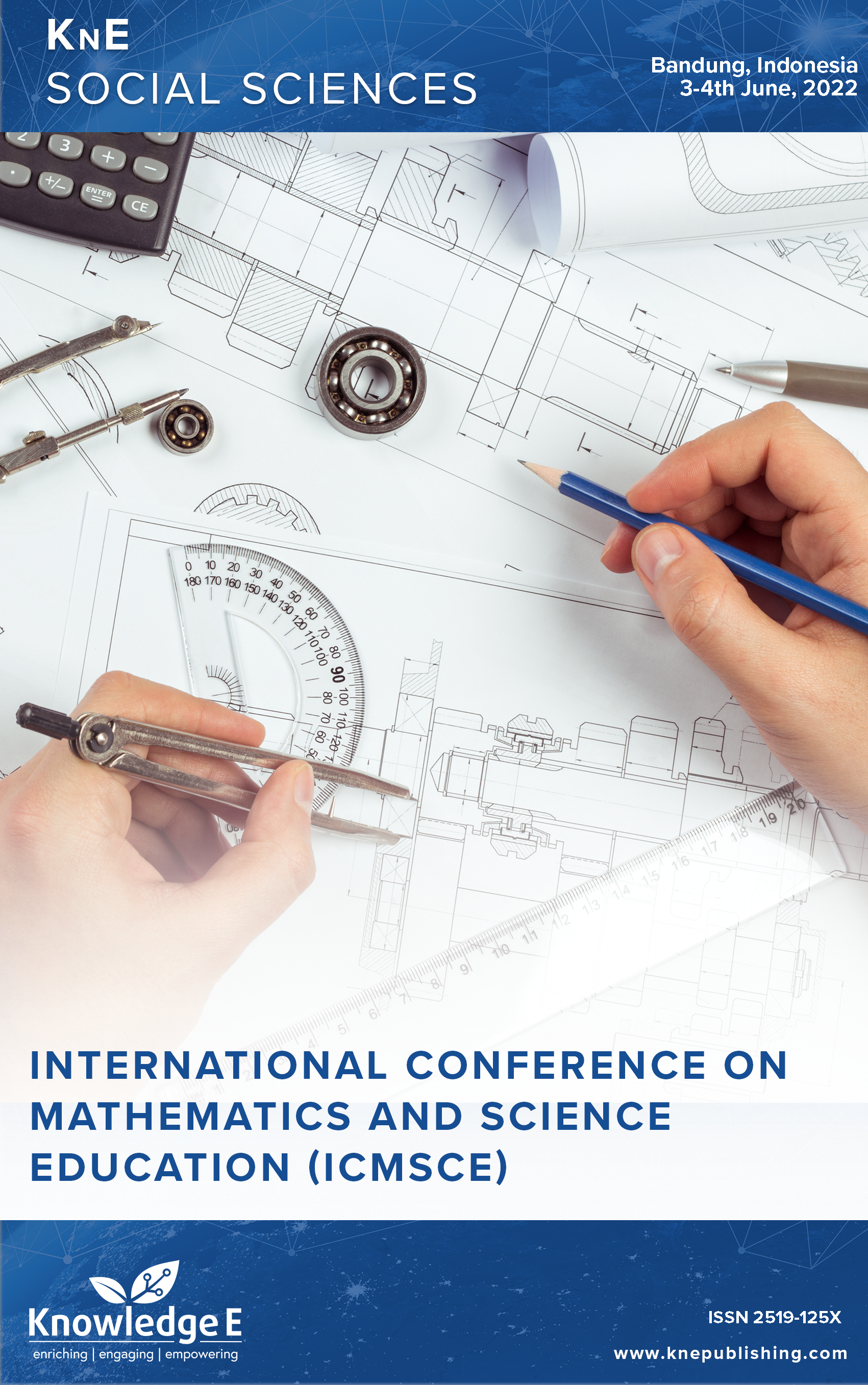The Essential Elements of Japan Super Science High School Projects: A Case Study of Shizuoka Prefecture
DOI:
https://doi.org/10.18502/kss.v9i13.16077Abstract
To support the enhancement of science and technology, the Japanese government established the Super Science High School in 2002. However, there is a lack of information about this school for international scholars. We addressed this problem by observing and working with SSH in Shizuoka Prefecture and understanding their intended school models. The context of Shizuoka prefecture is interesting because it is well-known for its high-technology manufacturing company. Our “bottom-up” approach was mainly based on observation, in contrasts with other studies using a literaturebased method to define SSH schools. We identified four elements that represent the common goals and strategies employed by SSH: Independence scientific research, Scientific English, courses related to STEM, and international collaboration. This framework offers a clear picture of what exactly SSH schools are. Findings suggest that SSH identity is rooted in pedagogy, school culture, and rigorous instruction, especially in science and technology, including support from scientists and researchers from the surrounding universities as invited speakers, teacher assistance, and opportunities to conduct research in university-level laboratories.
Keywords: essential elements, Japan Super Science High School, Projects, Case Study
References
Chikahiko Y, Tadashi O, Masataka I. Proposal for STEM Education from the perspective of technology education. 2017. pp. 207–8.
C. Yata, T. Ohtani, and M. Isobe, “Conceptual framework of STEM based on Japanese subject principles.,” International Journal of STEM Education. vol. 7, no. 1, p. 2020. https://doi.org/10.1186/s40594-020-00205-8. DOI: https://doi.org/10.1186/s40594-020-00205-8
T. Kuroda, “Extraction and recognition of competency components of the STEM human resources community: Focusing on the cultural impacts of Japanese university students.,” Journal of Pedagogical Research. p. 2022. https://doi.org/10.33902/JPR.202213542. DOI: https://doi.org/10.33902/JPR.202213542
Ishikawa M, Fujii S, Ashlyn M. “Securing Australia’s future STEM: Country comparisons,” p. 2013.
Fukuyama M. “Society 5.0: aiming for a new human-centered Society.,” Japan SPOTLIGHT. vol. 27, no. Society. 2018;5(0):47–50.
Tsuge A. The need to reform education toward an innovative country driven by sustainable science and technology: A proposal for integrated promotion of education, science and technology and creation of socio-economic value. Journal of Science Education in Japan. 2015;39(2):67–76.
MEXT. Next-generation human resources development program development of top human resources population support for Super Science High Schools. Tokyo: SSH; 2016.
JST. Super science high school. Tokyo: Japan Science and Technology Agency; 2021.
JST. Super science high school implementation guidelines. Tokyo; 2002.
Century J, Rudnick M, Freeman C. A framework for measuring fidelity of implementation: A foundation for shared language and accumulation of knowledge. Am J Eval. 2010;31(2):199–218. DOI: https://doi.org/10.1177/1098214010366173
Leithwood KA, Montgomery DJ. Evaluating program implementation. Eval Rev. 1980;4(2):193–214. DOI: https://doi.org/10.1177/0193841X8000400202
Sulaeman P. Dwi, A. Putra, et al., “Exploring student engagement in STEM education through the engineering design process.,” Jurnal Penelitian dan Pembelajaran IPA dan Pembelajaran IPA. vol. 7, no. 1, pp. 1–16, 2021. DOI: https://doi.org/10.30870/jppi.v7i1.10455
Putra PD, Sulaeman NF. Supeno, and S. Wahyuni, “Exploring students’ critical thinking skills using the engineering design process in a physics classroom,” Asia-Pacific Education Researcher. p. 2021. DOI: https://doi.org/10.1007/s40299-021-00640-3
van Tuijl C, van der Molen JH. Study choice and career development in STEM fields: an overview and integration of the research. Int J Technol Des Educ. 2016;26(2):159– 83. DOI: https://doi.org/10.1007/s10798-015-9308-1
Matsuura T, Nakamura D. Trends in STEM/STEAM education and students’ perceptions in Japan. Asia-Pacific Science Education. 2021;7(1):7–33. DOI: https://doi.org/10.1163/23641177-bja10022
Lee MH, Chai CS, Hong HY. STEM education in Asia Pacific: challenges and development. Asia-Pac Educ Res. 2019;28(1):1–4. DOI: https://doi.org/10.1007/s40299-018-0424-z
A. Leung, “Boundary crossing pedagogy in STEM education.,” International Journal of STEM Education. vol. 7, no. 1, p. 2020. https://doi.org/10.1186/s40594-020-00212-9. DOI: https://doi.org/10.1186/s40594-020-00212-9
G.H. Roehrig, E.A. Dare, E. Ring-Whalen, and J.R. Wieselmann, “Understanding coherence and integration in integrated STEM curriculum.,” International Journal of STEM Education. vol. 8, no. 1, p. 2021. https://doi.org/10.1186/s40594-020-00259-8. DOI: https://doi.org/10.1186/s40594-020-00259-8

